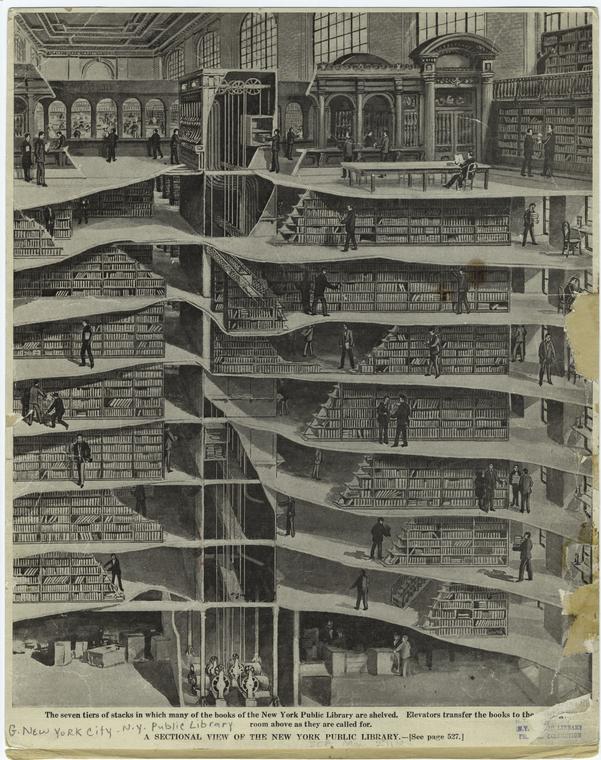LANDMARK WEST! celebrates a victory in the proposed
Yesterday
the Public Design Commission agreed with LW!’s point of view that Grand Army
Plaza
Although
the Times picked up the story today, LANDMARK WEST! has lead advocacy efforts
to fully restore the Plaza to the original Carrère and Hastings design since April 16, when the item
first appeared before our Certificate of Appropriateness committee. We invited
Charles Warren, an architect and Carrère
and Hastings scholar and biographer, to that meeting, and it quickly became
clear to the Committee that the CPC’s plan was incomplete.
In response to our outcry, LPC held a Public Hearing on
May 21 during which testimony from nine individuals and organizations was
heard. Although binding jurisdiction for the project was held by the PDC, the
LPC advised continued study of the historic character of the plaza.
Upon learning of the calendared
PDC hearing for June 24, LW! assembled a coalition of individuals and
organizations concerned with the fate ofGrand Army Plaza
organizations concerned with the fate of
The Commissioners were moved by
the testimony, and asked the CPC to come back with a more complete plan. As
James Polshek, an architect and member of the commission said, “This is a
piddling amount of money — nobody can claim the city is in a slump. We really
shouldn’t settle for halfway. If it’s another five or six million, that’s not an
adequate excuse.” Curbed agreed, calling
the CPC on their "schtick."
A definite victory!







